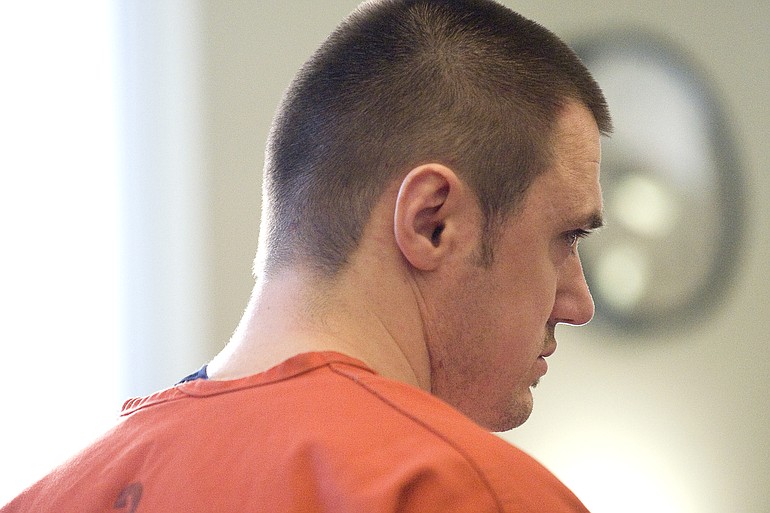A Battle Ground man pleaded guilty Thursday to second-degree manslaughter in a 2009 beating death that prosecutors still can’t entirely explain.
Veniamin V. Tasmaly, 28, entered a Newton plea, a type of guilty plea that only admits the prosecution has sufficient evidence to prove its case. The plea meant that Tasmaly did not have to provide his account of the death of 24-year-old Curtis Dunn of Battle Ground.
His plea also left holes in the case that still baffle Clark County Prosecutor Tony Golik.
“We’ll never know,” Golik said after the hearing when asked about a motive for the crime.
By pleading guilty, Tasmaly, who has no prior criminal record, avoided a possible sentence of between 10 and 18 years for second-degree murder.
He will be sentenced March 10, and attorneys will seek an exceptional punishment of four years in prison.
Tasmaly did not know his victim. Golik said the two men had a chance encounter in the early morning of April 12, 2009, when Dunn stepped outside his house in the 200 block of Southwest 19th Avenue in Battle Ground to smoke a cigarette. Meanwhile, Tasmaly was walking with his wife to his vehicle parked down the road from Dunn’s house.
An argument apparently ensued — neighbors heard shouting — and Tasmaly punched Dunn once in the jaw. Dunn fell backward, hitting his head on the pavement, Golik said. Dunn was taken to Southwest Washington Medical Center, but died the next day.
Golik told Clark County Superior Court Judge Diane Woolard that the medical examiner concluded Dunn died from subdural hematoma, or brain bleeding that sometimes follows serious head injuries in which veins between the surface of the brain and its outer cover stretch and tear.
It was Dunn’s fall backward that caused the brain bleeding, Golik said.
While Battle Ground police had evidence placing Tasmaly at the scene — he left a shoe behind with DNA evidence and also was seen by a patrol officer in the area seven minutes prior to the attack — prosecutors did not immediately charge Tasmaly. That was because of statements made by Dunn before his death that pointed to a female assailant, Golik said.
Following the attack, Dunn first said he had been hit by a car, and then later said he was punched by a woman. Later, prosecutors gleaned from a neurologist that Dunn’s head trauma likely caused his conflicting statements. Golik said there was no way Tasmaly’s wife had enough strength to punch Dunn with such great force.
He charged Tasmaly in June 2010.
Defense attorney Steven Thayer told Woolard that Tasmaly maintains his innocence and didn’t wish to talk. But Thayer did read a statement prepared by Tasmaly, saying that the defendant simply wished to take advantage of the plea deal to the reduced charge.
“I did not commit the crime in this case,” Thayer said, reading the statement aloud.
Golik said after the hearing that there was limited evidence proving Tasmaly was guilty of murder and that a jury likely would have convicted Tasmaly of the lesser manslaughter offense, defined as recklessly or negligently causing the death of another person.
“There was certainly no evidence the defendant intended to kill Curtis. And there was no evidence he attacked him further than that one punch,” Golik said.
This bucks the trend of homicide cases that he normally sees, where the assailant and victim know each other and there’s clear evidence of intent.
“Strange case,” the prosecutor said.



